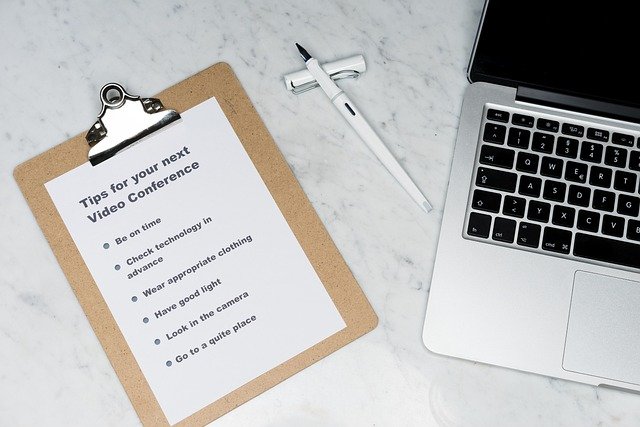Adapting daily routines to maintain focus outside traditional offices
Working outside a traditional office requires small but consistent adjustments to routines and environment. This article outlines practical approaches for structuring time, setting up a functional workspace, and managing technology and wellbeing to support sustained focus while remote.

Establishing a reliable daily routine is central to maintaining concentration when you work outside a traditional office. Consistency in start times, task planning, and short transitions between work and personal time helps signal the brain that it’s time to focus. Combining simple environmental controls with intentional scheduling can reduce friction, limit distractions, and preserve work-life boundaries for long-term productivity.
Remote work and telecommuting routines
For remote and telecommuting arrangements, craft a consistent morning routine that mirrors commuting rituals—light physical activity, a set breakfast, and a brief review of priorities. Begin each day by identifying two to four Most Important Tasks (MITs) so effort is directed where it matters. Block focused intervals in your calendar to protect deep work from ad-hoc interruptions, and schedule short breaks to reset attention. Closing rituals such as a short review and a tidy desk help draw a boundary at the end of the workday, reducing spillover into personal time.
Workspace setup and ergonomics
A dedicated workspace tailored to ergonomics supports longer bouts of focused work. Position your monitor so the top of the screen is at eye level, keep your keyboard and mouse within easy reach, and select a chair with lumbar support. Proper posture reduces physical fatigue that can undermine attention. If space is limited, use a consistent surface and store work materials in a single location to signal the start of the workday. Small investments in ergonomic accessories often yield measurable improvements in comfort and concentration.
Scheduling, organization, and decluttering
Organization and decluttering make it easier to begin tasks without decision friction. Use a simple planning system—digital or paper—to capture tasks, assign deadlines, and prioritize. Declutter your desktop and digital files so necessary materials are quick to find. Time-blocking supports predictable routines: allocate windows for email, focused deep work, collaboration, and administrative chores. Regularly review and prune your task list to keep commitments realistic and avoid cognitive overload.
Lighting, acoustics, and wellbeing
Thoughtful lighting and acoustics play a role in alertness and mood. Maximize natural light where possible and use layered artificial lighting to avoid glare or harsh contrasts. Consider soft task lighting for focused work and warmer ambient lighting during late afternoons to reduce eye strain. Address acoustics with soft furnishings, rugs, or a simple room divider to reduce reverberation. Combine environmental tweaks with wellbeing practices—hydration, brief stretches, and micro-breaks—to sustain energy and reduce cognitive fatigue.
Videoconferencing, collaboration, and security
Videoconferencing and digital collaboration demand both technical readiness and etiquette to preserve focus. Test audio and camera settings before meetings, use headphones to reduce background noise, and mute when not speaking. Share concise agendas and use collaborative documents to keep meetings action-oriented and shorter. Protect security by keeping devices updated, using strong passwords or passkeys, and accessing sensitive systems through approved networks or VPNs. Clear communication norms around response times and meeting windows support predictable collaboration without constant interruption.
Maintaining productivity and focus strategies
Adopt techniques that support sustained attention: the Pomodoro method for short sprints, time-blocking for deep work, and single-tasking to reduce context switching. Pair shorter focused sessions with meaningful rewards like a walk or a brief hobby break. Track your peak cognitive hours and schedule demanding tasks accordingly. If interruptions are frequent, create visual signals (a desk flag or status indicator) that indicate when you should not be disturbed. Periodic reflection on what worked each week allows gradual refinement of routines to match changing responsibilities.
Conclusion
Adapting routines outside traditional offices is a mix of predictable structure and responsive adjustments. A dedicated workspace with attention to ergonomics, sensible scheduling, reduced clutter, and environmental controls for lighting and acoustics sets the stage for focused work. Combine these with clear collaboration practices, security mindfulness, and wellbeing habits to sustain attention over weeks and months. Regular review and small iterative changes help routines stay aligned with evolving demands while protecting concentration and work-life balance.





